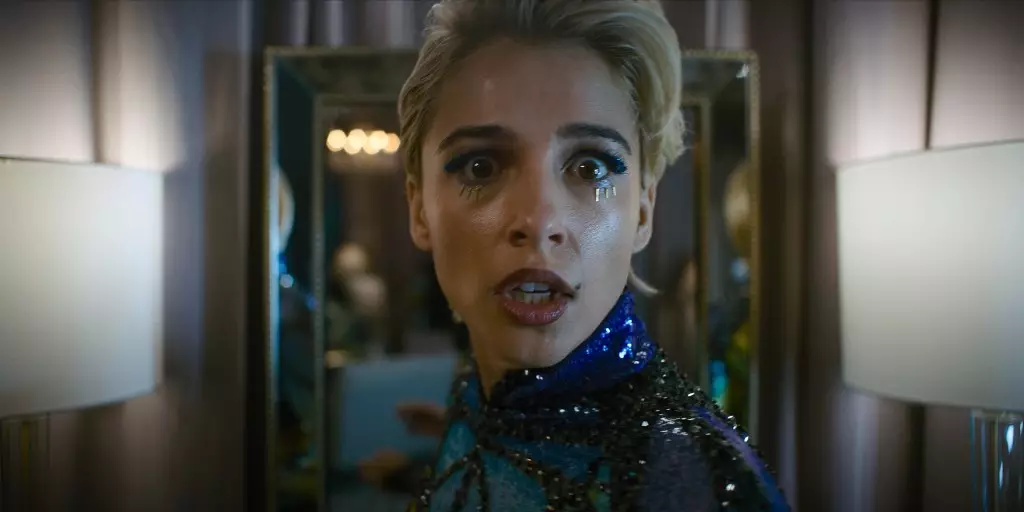The horror genre has experienced a remarkable resurgence in recent years, with a slew of successful releases captivating audiences. The latest addition to this trend is Paramount’s sequel, “Smile 2,” which is generating buzz this weekend. Initial projections suggest it could generate a box office return in the high teens. However, earlier tracking data hinted at a possible revenue of over $20 million. A key factor that will influence its performance is the enthusiasm of Latino and Hispanic audiences, which played a vital role in the success of its predecessor, the original “Smile,” released in 2022.
The first “Smile” film shattered expectations, reflecting a significant evolution in Hollywood’s approach to theatrical releases in the post-COVID era. Initially designed for home viewing, it was shifted to a full-blown theatrical run after successful test screenings. The original opened to $22.6 million and went on to gross over $217 million worldwide, demonstrating the potential for horror films to thrive even amidst industry uncertainties. Notably, other studios, like Disney with “Hocus Pocus 2,” lacked the same flexibility and ended up limiting their films to streaming platforms despite favorable testing conditions.
“Smile 2” sees the return of director and writer Parker Finn, establishing continuity that could foster audience loyalty. The sequel shifts focus from psychiatrist Dr. Rose Cotter to a new protagonist portrayed by Naomi Scott, known for her roles in “Power Rangers” and “Aladdin.” Scott’s character, a pop star overwhelmed by frightening occurrences and the pressures of fame, pairs a modern narrative with the original’s psychological horror themes. This infusion of contemporary issues may resonate well with audiences seeking relatable, real-world fears interwoven within fictional tales.
The critical reception thus far has been positive, with “Smile 2” boasting an 86% freshness rating on Rotten Tomatoes based on 36 reviews. Such scores indicate a favorable outlook; however, it remains to be seen how this translates to box office numbers. Comparatively, the first film initially enjoyed less competition within its genre, while “Smile 2” faces a more crowded horror landscape.
As the weekend unfolds, it’s crucial to analyze how well “Smile 2” capitalizes on its marketing strategies, particularly with special formats like PLFs (premium large formats) and its targeted demographics. The film skews younger and predominantly female, contrasting with the male-driven audience of another horror offering, “Terrifier 3,” which is also performing strongly.
“Smile 2” represents not only a continuation of a captivating horror narrative but also an indicator of changing audience expectations in the film industry. As both critics and fans react to its release, the film’s performance poses interesting questions regarding the evolving dynamics of theatrical distribution, audience engagement, and genre competition within Hollywood. Whether “Smile 2” can mirror or exceed the success of its predecessor remains to be seen, but its arrival underscores the resilience of the horror genre and its ability to adapt and thrive in a challenging landscape.

